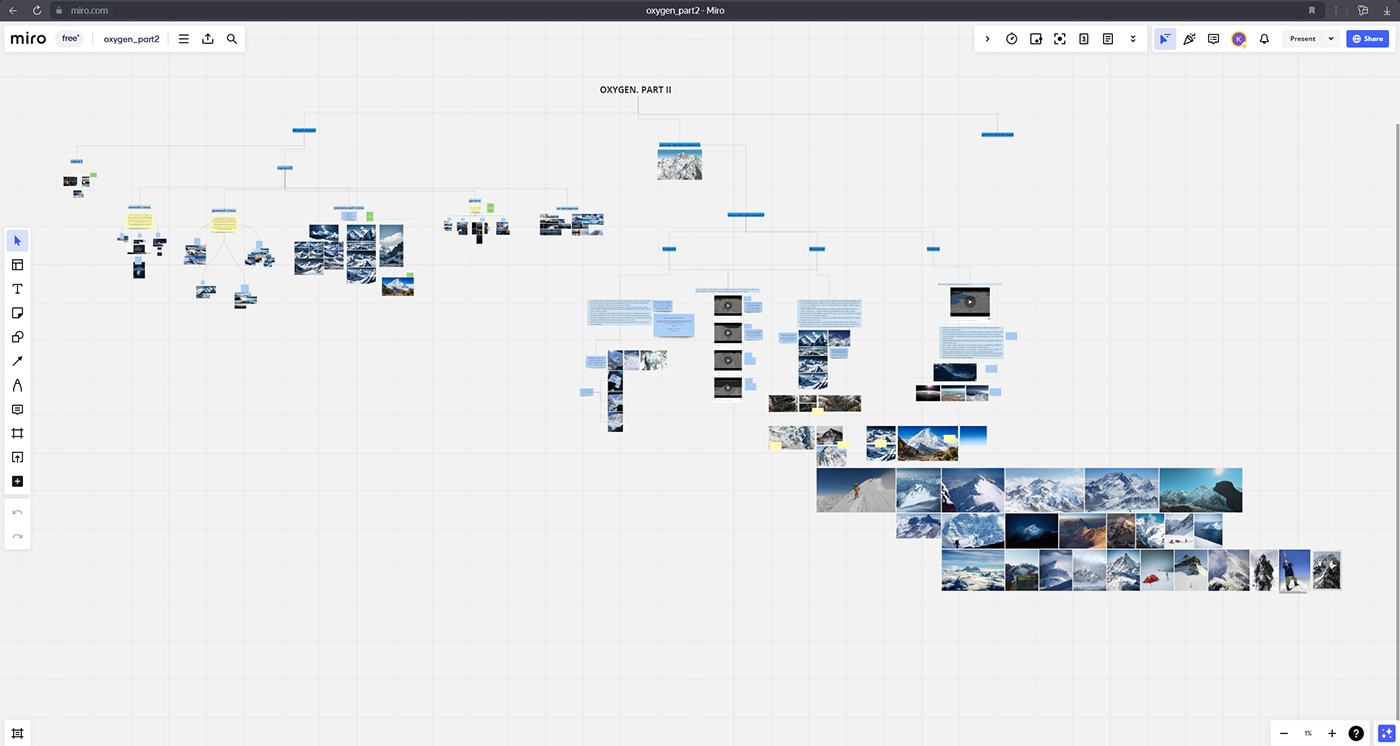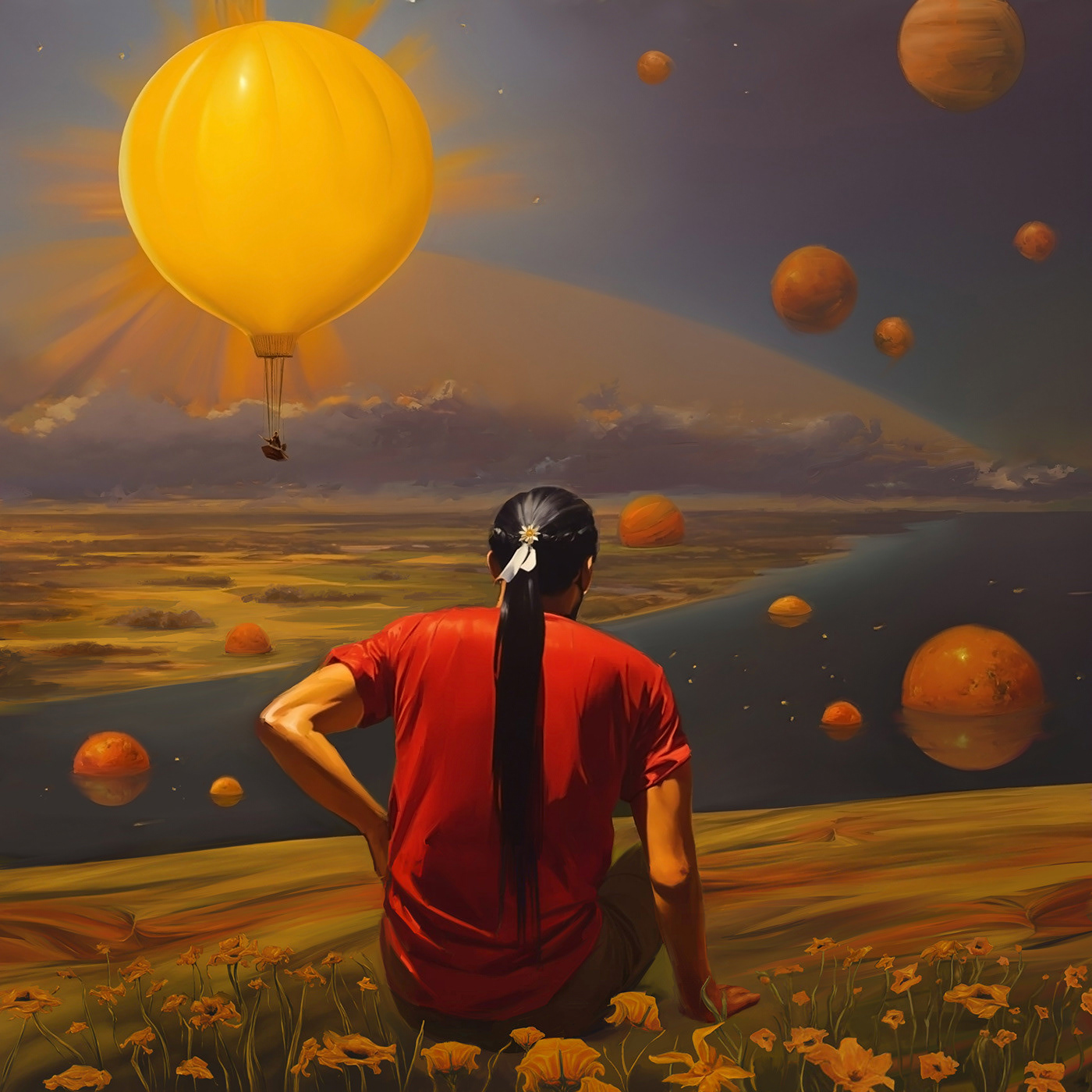
Introduction
We created computer graphics for the documentary «Oxygen 2», which is about a group of climbers'
ascent to the top of Mt. Everest.
We recreated the physically accurate landscape of the Eurasian continent, the Himalayan mountain system,
and Mt. Everest. The difference of our approach is that we have all the mountains — completely repeat the real ones. This is not random generation, but manual work on recreating the physical relief.
We used basic tools in our work: Unreal Engine 5.3, Gaea, Cinema 4D, Adobe After Effects
Nepal and the Khumbu Valley
In this scene we show part of the Eurasia continent, emphasize Nepal and the Himalayas, and show the location of the fourteen highest peaks on the planet. Among them, on the border of Nepal and China, is Mount Everest.
Trek to Everest Base Camp
In this scene we show a region of the Himalayan mountain system called the Khumbu Valley, which is where Everest is located. We show the route from the mountain town of Lukla, where climbers arrive to travel on foot to the Base Camp at the foot of Mt. Everest.
Climbing Mount Everest
In this scene we show the climbing route from Base Camp to the summit of Mount Everest, as well as all the sections of the mountain we encounter on the way, in detail.
Khumbu Icefall
In this scene we get a closer look at the Khumbu Icefall, which is closer to the foot of Mt. Everest and poses great challenges to climbers who have just set out on the climbing route.
Top of the World
In this scene we show in detail the summit area of Mt. Everest, which includes: South Col, Balcony, South Summit, Hillary Step, and the main summit.













Making Of
We analyzed a large amount of data to prepare for the project. We collaborated with climbers who shared real photos and videos of the terrain with us. During the expedition to Mount Everest, our climbers, the main characters of the film, climbed to the top of Mount Everest, circled the mountain by helicopter, and climbed the neighboring mountain to Mount Everest — Lhotse, 8516.









Our art-direction was created based on the following principles — the presence in the frame of dark stone, white snow, light setting typical for daylight, as well as deep dark sky typical for night time. Due to this we created a deep contrast in the frame.

Our scenes were created using Unreal Engine 5. Inside it, we worked with 3D models that we prepared in advance. Using UE5 tools we created textures, lighting, and atmosphere.






To create models of mountains we used Gaea. Once we had a highly detailed model of a mountain or landscape, we edited them manually using ZBrush tools or built-in Unreal Engine tools.




We created the animation with Cinema 4D, using low-poly models in the frame to maintain the proportions of the scene. Then we transferred the finished animation into Unreal Engine 5 and worked on scene detailing, models, materials and lighting.
Our compositing is a one-size-fits-all setup, a hand-created template that has then been manually customized
for each scene.


While working on the art direction, we used the AI tool Stable Diffusion to visualize the concepts we were developing. Here are a few successful generations that helped us to concretize our artistic vision.






We believe you will enjoy our project and appreciate it. We would be glad to hear any feedback. Thank you!
Credits:
Producer:
Dmitriy Nikishin
Art-Director:
Kirill Permyakov
Roman Serko
CG Artist:
Vladimir Zhukov
Yegor Kirichek
Kirill Permyakov
Artur Kudryavtsev
Compositing:
Kirill Permyakov










